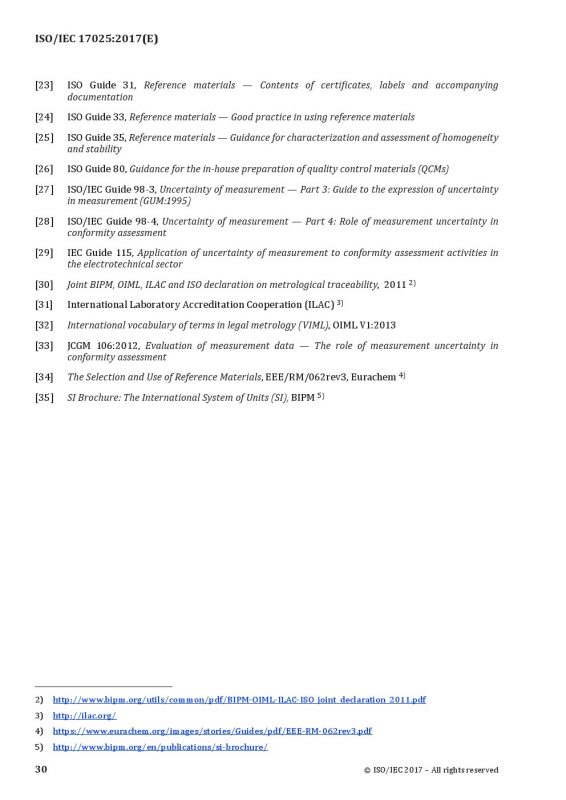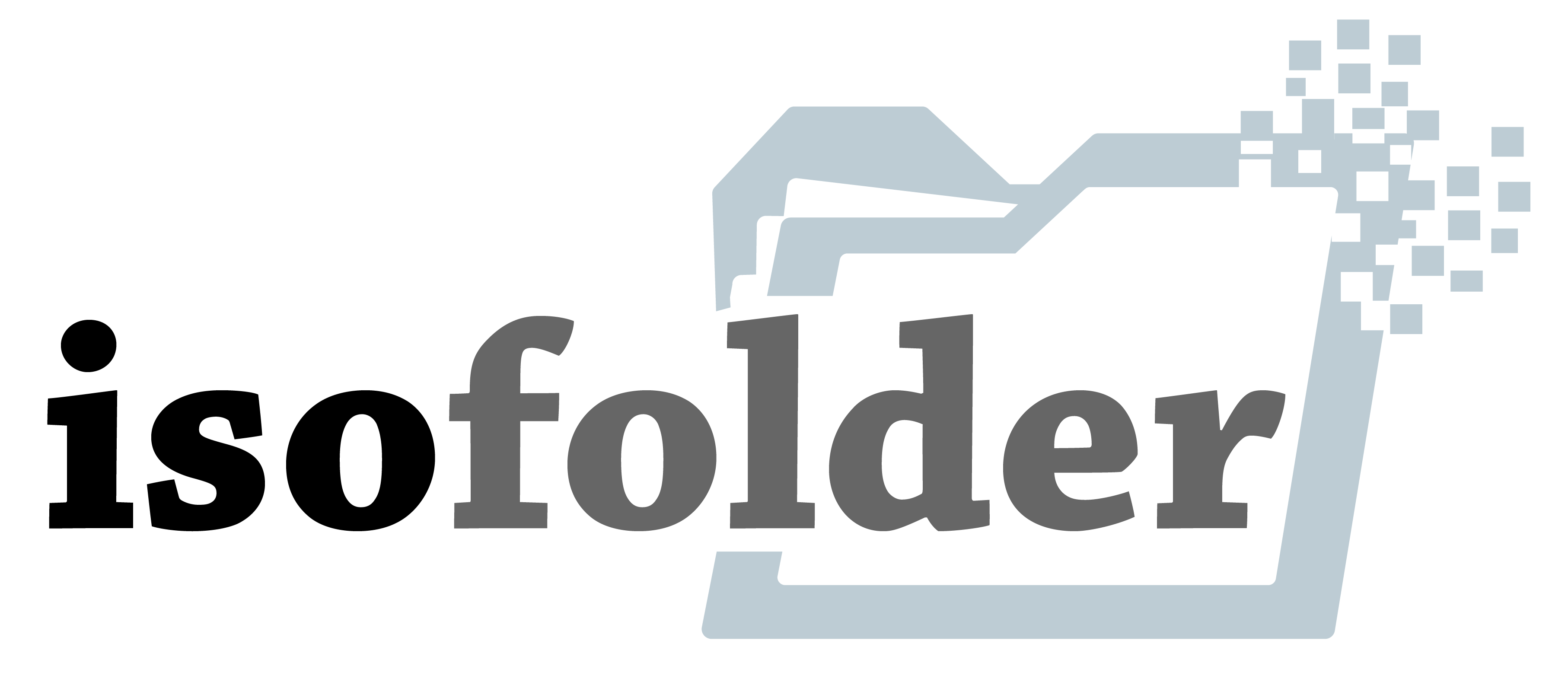Welcome to the era of efficient project management! ISO 21502:2020 Free PDF Download. In the dynamic landscape of project, programme, and portfolio management, ISO 21502:2020 emerges as a beacon of guidance. This international standard sets the stage for seamless project execution, providing a comprehensive framework to enhance your project management practices. Whether you’re a seasoned project manager or just stepping into the realm of project management, ISO 21502 is your go-to resource for best practices.
ISO 21502 Overview Understanding the intricacies of project management is crucial for success. ISO 21502:2020 acts as a compass, offering detailed guidance on project management principles, processes, and concepts. It covers the entire project lifecycle, from initiation to closure, providing a roadmap for effective planning, execution, monitoring, and control. By aligning your project management approach with ISO 21502, you ensure consistency, reduce risks, and optimize resource utilization.
Key Features of ISO 21502:2020 Delve into the key features that make ISO 21502 an invaluable asset. This standard is designed to be adaptable to various types and sizes of projects, making it universally applicable and you can ISO 21502:2020 Free PDF Download from our site. Its user-friendly structure facilitates easy integration into existing management systems. ISO 21502 emphasizes stakeholder engagement, risk management, and continuous improvement – essential elements for successful project outcomes. By implementing its recommendations, you pave the way for enhanced project performance.
ISO 21502 Free PDF Download Good news for project management enthusiasts! You can now access the wealth of knowledge encapsulated in ISO 21502:2020 through a free PDF download. This not only makes the standard easily accessible but also underscores the commitment to disseminating best practices in project management globally. Take advantage of this opportunity to empower yourself and your team with the latest insights and methodologies, all available at your fingertips.
Empower Your Projects In conclusion, ISO 21502:2020 is your passport to achieving project management excellence. Whether you’re aiming for better project outcomes, improved stakeholder satisfaction, or simply looking to enhance your professional skills, this standard has got you covered. Download the free PDF today and embark on a journey towards more efficient, transparent, and successful project management. Stay ahead of the curve, implement ISO 21502, and witness the transformation in your project management practices.
This document gives guidelines for project management. It is applicable to any organization, including public, private and charitable, as well as to any type of project, regardless of purpose, delivery approaches, life cycle model used, complexity, size, cost or duration.
NOTE Delivery approach can be any method or process suited to the type of outputs, such as predictive, incremental, iterative, adaptive or hybrid, including agile approaches.
This document provides high-level descriptions of practices that are considered to work well and produce good results within the context of project management. This document does not provide guidance on the management of programmes or portfolios. Topics relating to general management are addressed only within the context of project management.

Foreword
ISO (the International Organization for Standardization) is a worldwide federation of national standards bodies (ISO member bodies). The work of preparing International Standards is normally carried out through ISO technical committees. Each member body interested in a subject for which a technical committee has been established has the right to be represented on that committee. International organizations, governmental and non-governmental, in liaison with ISO, also take part in the work. ISO collaborates closely with the International Electrotechnical Commission (IEC) on all matters of electrotechnical standardization.
The procedures used to develop this document and those intended for its further maintenance are described in the ISO/IEC Directives, Part 1. In particular, the different approval criteria needed for the different types of ISO documents should be noted. This document was drafted in accordance with the editorial rules of the ISO/IEC Directives, Part 2 (see www.iso.org/directives).
Attention is drawn to the possibility that some of the elements of this document may be the subject of patent rights. ISO shall not be held responsible for identifying any or all such patent rights. Details of any patent rights identified during the development of the document will be in the Introduction and/or on the ISO list of patent declarations received (see www.iso.org/patents).
Any trade name used in this document is information given for the convenience of users and does not constitute an endorsement.
For an explanation of the voluntary nature of standards, the meaning of ISO specific terms and expressions related to conformity assessment, as well as information about ISO’s adherence to the World Trade Organization (WTO) principles in the Technical Barriers to Trade (TBT), see www.iso.org/iso/foreword.html.
This document was prepared by Technical Committee ISO/TC 258, Project, programme and portfolio management.
This first edition of ISO 21502, together with ISO 21500:—1, cancels and replaces ISO 21500:2012, which has been technically revised. The main changes compared with ISO 21500:2012 are as follows:
- a) the concept of project management has been expanded to include project-related oversight and direction activities of the sponsoring organization;
- b) information about how projects can deliver outcomes and enable the realization of benefits has been added;
- c) consideration of the organizational context of projects has been added;
- d) descriptions of additional project roles and responsibilities have been added;
- e) new topics have been added, such as creating a project environment that is conducive to success, project life cycles, decision points and gates, and additional project practices, such as benefits management and change control, to reflect current practices in project management;
- f) pre- and post-project activities have been added;
- g) the format has been changed from process-based to practices and narrative-based (see Annex A for details).
Any feedback or questions on this document should be directed to the user’s national standards body. A complete listing of these bodies can be found at www.iso.org/members.html.
Introduction
This document provides guidance on concepts and practices for project management that are important for and have an impact on a project’s successful delivery.
The target readership for this document includes, but is not limited to:
- a) executive and senior management, to provide a better understanding of project management and to help them to give appropriate support and guidance to project managers and those individuals working on projects;
- b) individuals involved in the governance, direction, assurance, audit and management of projects, such as project sponsors, project boards, auditors and project managers;
- c) project managers and project team members, to have a common basis upon which to understand, conduct, compare, evaluate and communicate the practices used on their project;
- d) developers of national or organizational project management standards, processes and methods.
In addition, this document can also be useful to individuals involved in supporting:
- — the governance, direction and management of portfolios and programmes;
- — project teams, programme and project offices or similar organizational structures;
- — the academic study of project, programme and portfolio management;
- — functions related to the management of projects, such as finance, accounting, human resource management, procurement and legal.
1 Scope
This document gives guidelines for project management. It is applicable to any organization, including public, private and charitable, as well as to any type of project, regardless of purpose, delivery approaches, life cycle model used, complexity, size, cost or duration.
NOTE Delivery approach can be any method or process suited to the type of outputs, such as predictive, incremental, iterative, adaptive or hybrid, including agile approaches.
This document provides high-level descriptions of practices that are considered to work well and produce good results within the context of project management. This document does not provide guidance on the management of programmes or portfolios. Topics relating to general management are addressed only within the context of project management.
2 Normative references
There are no normative references in this document.
3 Terms and definitions
For the purposes of this document, the following terms and definitions apply.
ISO and IEC maintain terminological databases for use in standardization at the following addresses:
- — ISO Online browsing platform: available at https://www.iso.org/obp
- — IEC Electropedia: available at http://www.electropedia.org/
3.1
baseline
reference basis for comparison against which performance is monitored and controlled
[SOURCE:ISO/TR 21506:2018, 3.5]
3.2
benefit
created advantage, value or other positive effect
[SOURCE:ISO/TR 21506:2018, 3.6]
3.3
business case
documented justification to support decision making about the commitment to a project (3.20), programme (3.18) or portfolio (3.15)
[SOURCE:ISO/TR 21506:2018, 3.8]
3.4
change request
documentation that defines a proposed alteration to a project (3.20)
[SOURCE:ISO/TR 21506:2018, 3.10]
3.5
configuration management
application of procedures to control (3.6), correlate and maintain documentation, specifications and physical attributes
[SOURCE:ISO/TR 21506:2018, 3.12]
3.6
control
comparison of actual performance with planned performance, analysing variances and taking appropriate corrective and preventive action (3.17) as needed
[SOURCE:ISO/TR 21506:2018, 3.13]
3.7
corrective action
direction and activity for modifying the performance of work to bring performance in line with a plan
[SOURCE:ISO/TR 21506:2018, 3.15]
3.8
critical path
sequence of activities that determine the earliest possible completion date for a project (3.20) or phase
[SOURCE:ISO/TR 21506:2018, 3.18]
3.9
deliverable
unique and verifiable element that is required to be produced by a project (3.20)
[SOURCE:ISO/TR 21506:2018, 3.19, modified — The words “tangible or intangible outcome of a planned activity” have been replaced by “element that is required to be produced by a project”.]
3.10
governance
principles, policies and framework by which an organization is directed and controlled
[SOURCE:ISO/TR 21506:2018, 3.25]
3.11
issue
event that arises during a project (3.20) requiring resolution for the project to proceed
3.12
opportunity
risk occurrence that would have a favourable impact
[SOURCE:ISO/TR 21506:2018, 3.36]
3.13
outcome
change resulting from the use of the output (3.14) from a project (3.20)
3.14
output
aggregated tangible or intangible deliverables (3.9) that form the project (3.20) result
3.15
portfolio
collection of portfolio components (3.16) grouped together to facilitate their management to meet strategic objectives
[SOURCE:ISO/TR 21506:2018, 3.42]
3.16
portfolio component
project (3.20), programme (3.18), portfolio (3.15) or other related work
[SOURCE:ISO/TR 21506:2018, 3.43]
3.17
preventive action
action to eliminate the cause of a potential nonconformity or other potential undesirable situation
Note 1 to entry: Preventive action is taken to prevent occurrence whereas corrective action (3.7) is taken to prevent recurrence.
[SOURCE:ISO 9000:2015, 3.12.1, modified — The original Note 1 to entry has been deleted.]
3.18
programme
group of programme components (3.19) managed in a coordinated way to realize benefits (3.2)
[SOURCE:ISO/TR 21506:2018, 3.50]
3.19
programme component
project (3.20), programme (3.18) or other related work
[SOURCE:ISO/TR 21506:2018, 3.52]
3.20
project
temporary endeavour to achieve one or more defined objectives
[SOURCE:ISO/TR 21506:2018, 3.59, modified — The words “created to produce agreed deliverables” have been replaced by “to achieve one or more defined objectives”.]
3.21
project assurance
planned and systematic actions necessary to provide confidence to the sponsoring organization and project sponsor (3.26) that a project (3.20) is likely to achieve its objectives
3.22
project governance
principles, policies and procedures by which a project (3.20) is authorized and directed to accomplish agreed objectives
[SOURCE:ISO/TR 21506:2018, 3.60]
3.23
project life cycle
defined set of phases from the start to the end of a project (3.20)
3.24
project management
coordinated activities to direct and control (3.6) the accomplishment of agreed objectives
[SOURCE:ISO/TR 21506:2018, 3.61, modified — The word “deliverables” has been replaced by “objectives”.]
3.25
project scope
authorized work to accomplish agreed objectives
[SOURCE:ISO/TR 21506:2018, 3.65, modified — The word “deliverables” has been replaced by “objectives”.]
3.26
sponsor
person responsible for obtaining the resources and executive decisions to enable success
[SOURCE:ISO/TR 21506:2018, 3.78]
3.27
stakeholder
person, group or organization that has interests in, or can affect, be affected by, or perceive itself to be affected by, any aspect of a project (3.20), programme (3.18) or portfolio (3.15)
[SOURCE:ISO/TR 21506:2018, 3.79]
3.28
threat
risk occurrence that would have a negative impact
[SOURCE:ISO/TR 21506:2018, 3.83]
3.29
work breakdown structure
decomposition of the defined scope of a project (3.20) or programme (3.18) into progressively lower levels consisting of elements of work
[SOURCE:ISO/TR 21506:2018, 3.87]
3.30
work package
group of activities that have a defined scope, deliverable (3.9), timescale and cost

 Documentation Kit
Documentation Kit Training Material
Training Material Self-Paced Trainings
Self-Paced Trainings